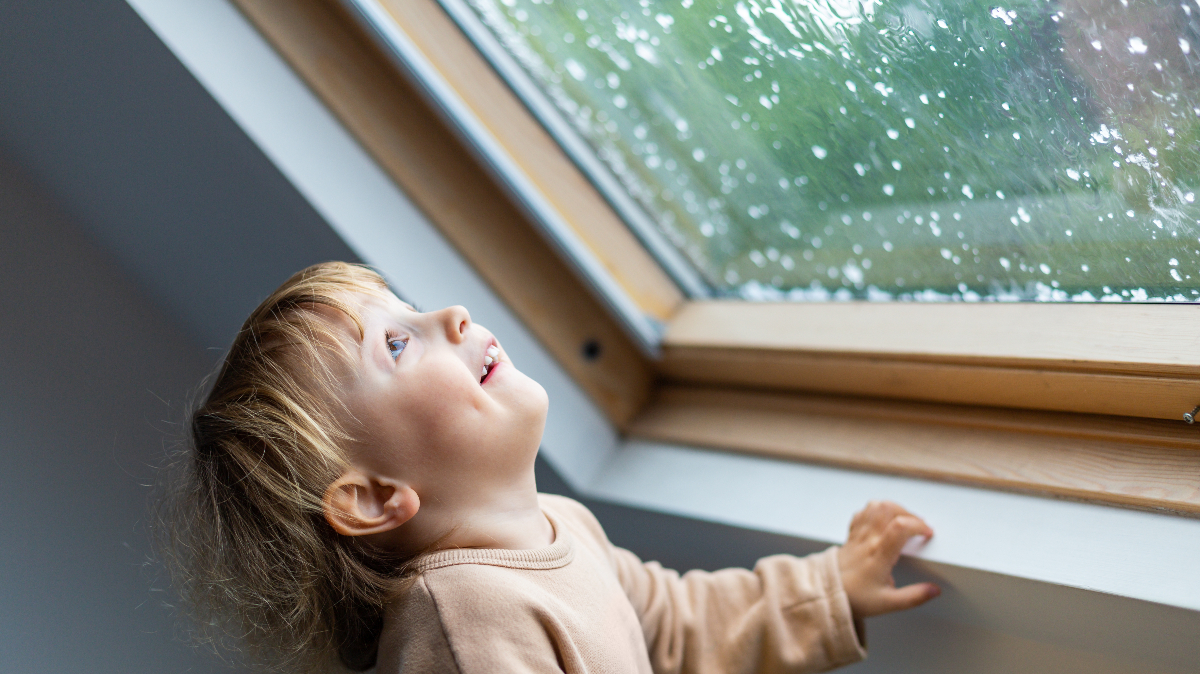
As natural disasters such as hurricanes and other major storms become more common, many homeowners and builders opt for weather-resistant building materials when building or remodeling. Weather-resistant building materials can withstand hail, wind, rain, and snow without losing their structural integrity, unlike non-weather-resistant building materials.
Extreme weather can wreak havoc on a building’s exterior. This results in costly maintenance or high rents, and energy conservation is at the top of any homeowner’s priority list. The best way to shield a home from severe weather is to make it out of weather-resistant materials and elevate it so that even raging floods don’t sweep it away.
Here are some of the most weather-resistant products to consider if you want to construct a new home in 2021.
Weather Resistant Building Materials
If you live in an environment where there is a lot of rain, heavy heat, or extreme storms, you’ll need to use weather-resistant materials. Wind, heat, rain, snow, and hail all have the potential to cause damage to structures made of less durable materials. For 2021, here are some weather-resistant building materials to consider.
1. Polycarbonate
Another high-performance and weather-resistant material is polycarbonate. It is constructed of thermoplastic polymers. According to plastics specialists at https://shapesplastics.com/polycarbonate, polycarbonate material is durable and malleable, has exceptional strength, and its properties enable it to withstand significantly high pressure and impact resistance. In addition, it has highly transparent UV-filtering properties, making it suitable for greenhouses, nurseries, skylights, and optics.
Transparency is also beneficial for security purposes, such as the glazing of public buildings, detention facilities, and embassy entrances and windows. In addition, bus shelter glazing, barrel-vaulted canopies, military vehicle windshields and windows, and a wide range of building, farming, and mining equipment all use polycarbonate.
2. Vinyl
Because of its ability to shed rainwater, vinyl siding is an excellent choice for siding. It isn’t fully waterproof, but it is more water-resistant than wood. Vinyl is usually mounted in a traditional horizontal interlocking wall, so it does not hold much moisture or snow during a rainy season. In addition, modern vinyl panels have “weep holes” that help channel excess water away from the siding wall, keeping it dry at all times and increasing its longevity.
You may also reinforce it with an insulation board to prevent stubborn moisture from drying out through the weep holes. Sound secondary reinforcement is a house wrap. It prevents moisture from penetrating the sidings, making your interiors warmer than your exteriors.
3. Insulated Concrete Forms
Insulated concrete forms (ICFs) wall systems provide a wind-resistant construction with a strong continuous load path that keeps the roof, walls, floors, and base together during a violent wind event. During a heavy storm, these materials also protect a structure and its occupants from projectile debris traveling at speeds of above 100 mph.
In 2013, a severe EF5 tornado with estimated speeds of 210mph struck Oklahoma, demonstrating the significance of ICF construction. Several people were killed or injured in the devastating windstorm, which wiped away most of the neighborhoods.
ICF construction is a method of building walls that combines concrete with a solid form that is strong, robust, and well-insulated. Pre-molded blocks or stiff foam panels are commonly used to make ICFs, which are then linked on-site to construct concrete-pouring wall forms.
Concrete is sprayed into the molds after the forms have been braced and the needed reinforcement has been added. To avoid misalignment and blowouts, you must follow the ICF manufacturer’s guidelines on stuffing forms at a considerable pace, even with bracing. Unless you’re adopting a self-consolidating geopolymer concrete, you’ll need to shake the concrete after it’s been poured to get rid of any trapped air, which can cause temperature fluctuations and degrade cement.
4. Iron and Steel
Stronger construction materials were essential to sustain taller buildings once man began to build up rather than out. In addition, tall buildings put a great deal of weight on load-bearing walls, necessitating a support structure to accommodate the load.
Steel, as you can see, serves a dual purpose in a builder’s toolkit. It can be embedded in concrete for reinforcement or used as a stand-alone base. Steel can be easily prefabricated for a quick and straightforward installation. It can be fastened in place with a welded, bolted, or riveted joint. It can also be 100% recyclable, which is critical in today’s green building practices. As a result, steel is a cost-effective commercial building material making inroads in residential construction.
The introduction of steel technology, which enables architects to design and construct taller buildings, has altered the face of architecture and increased people’s ability to find innovative solutions to weather problems.
As you might be aware, weather-resistant materials can make a significant difference in your life. Your home will have significant issues if it does not have the right kind of weather-resistant material. These materials are essential for a variety of purposes. Fortunately, you are now aware of the suitable materials to meet your unique requirements.




